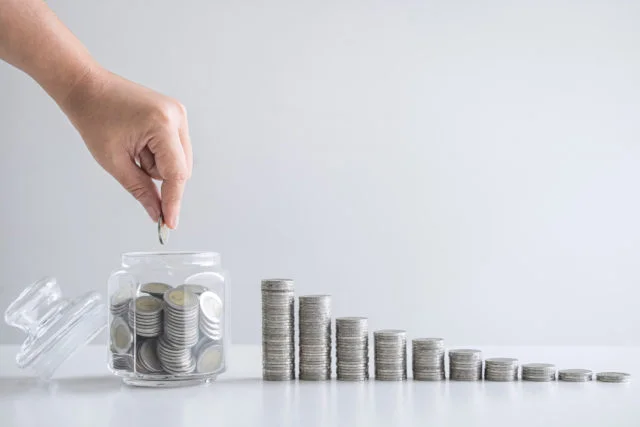Tag: rich

Manhattan residents who itemize their federal tax returns pay an average $102,000 in state and local taxes – more than anywhere else. The second highest tax tabs, nearly $50,000, are in Marin County, the home of musicians and movie stars across the Golden Gate Bridge from San Francisco. Other enclaves with large bills for property,…

In the COVID-19 downturn, this blog has had a steady supply of stories and statistics about the damage being done to low-income and middle-class families. That’s one perspective on the pandemic. The growing billionaire class is another one. Since last March, the nation’s 660 billionaires have added more than $1 trillion to their wealth –…




